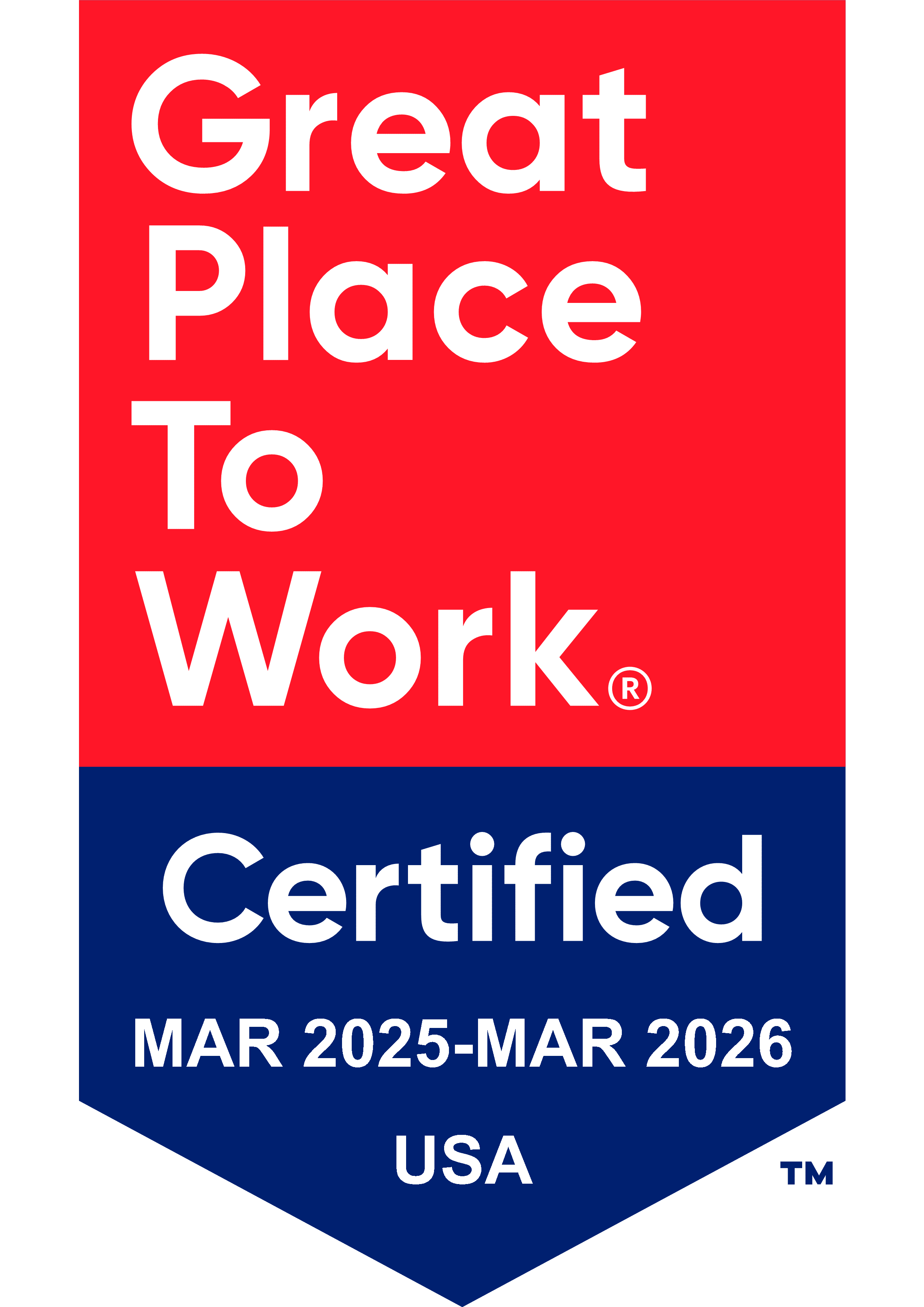Portfolio Tips for Creative Candidates
Blueprint for a High-Impact, Winning Portfolio
How would it be to walk into an interview without worry? No sweaty palms. No butterflies in your stomach. No nerves. If you’ve got a top-notch portfolio, interviews become a whole lot easier to navigate.
In this article, we dissect the art (or is it science?) of developing a winning portfolio. One that showcases your ability in a way that is irresistible to hiring companies.
The Anatomy of a High-Impact Portfolio
A portfolio is a collection of your best work. It doesn’t matter whether you’re a writer, graphic designer, digital creator, or any other type of creative professional, your portfolio should showcase your experience and skillset. It’s a visual resume, exhibition of work, and professional narrative all rolled into one.
You’ll want it to have the wow factor, too. Therefore, it should include work that demonstrates your skills, style, and approach. And it’s got to be structured to tell your unique – and compelling – story. Every piece needs to be relevant, while adding to the variety that marks you out. You should include case studies that provide context, and a personal story that connects your work to who you are.
You’ll also need to decide how to showcase your portfolio. A personal website may give you more control, but a PDF portfolio is simple and portable in a print version.
The Heart of Your Portfolio: Case Studies
Case studies are crucial. They provide evidence of how you work – your processes, problem-solving ability, and outcomes. These tips will help you develop case studies that shine:
-
Tell a Story
Each case study should be a narrative of your work, set out in three steps:
- The challenge you/your client faced.
- The process you used to create a solution (and the solution you delivered).
- The end result, showing the positive impact of your solution.
By telling the story of challenge/solution/result, you’ll draw the reader in and keep them engaged.
-
How to Quantify Your Impact
You’ll need to show how you impacted the client. Saying, “The client was happy with my solution” isn’t enough. You must provide quantifiable metrics; for example, “Conversions through the website increased by 20% over the next six months”.
-
Client Testimonials: The Cherry on Top
Client quotes and testimonials are the magic dust that help your case studies to sparkle. They prove that you not only produce results, but that you are also a person that others will be happy to work with.
Showcase Your Skills Without Overwhelming
Here’s a big question you’ll need to answer: how do you present your work in a way that doesn’t overwhelm? What is the right amount of information to include in a case study and your portfolio?
In truth, you’ll need to navigate the fine line between depth and breadth. You’ll need to showcase your core skills in depth and simultaneously offer a window to your versatility.
The trick is to ensure that your portfolio isn’t simply a parade of projects. Each must be selected because it highlights specific and unique skillsets, as well as your soft skills like teamwork and time management.
You’ll also need to figure out if you should include ‘live elements’ in your case studies. Time-lapse videos and project walk-throughs can be engaging, as well as showcasing the personal qualities that make you stand out.
Make It Personal
Okay, now we’ve broken the seal on personal qualities, let’s talk a little more about personalizing your portfolio – because your personal branding matters. Why? Because creativity is personal, and because people work with people.
You are far more than the sum of your skills, and who you are matters as much as what you can do. Including a personal touch lets people get a sense of your values, principles, and work ethic.
The question, then, is how to make your portfolio more ‘you’? There are various ways to do this, including:
- Adding a blog where you describe your personal journey, including news about industry trends, and outside interests
- Vlogs, allowing you to show off your personality
- Including personal projects, and showing others what motivates you personally and professionally
Throughout, a key aim should be to build trust through transparency and authenticity. These two qualities can differentiate you from other impersonal portfolios.
Navigate Common Portfolio Roadblocks
Especially if you’re developing your portfolio for the first time, it can be daunting and full of challenges. Here are some common roadblocks and tips on how to navigate them.
-
Portfolio Paralysis: Overcoming the Fear of Not Being Good Enough
Are you fearful that your work won’t be good enough? You’re not alone. The trick is to remember that your portfolio is an evolving and living showcase. You’ll have opportunities to update it – and a good portfolio also shows progress.
-
Choosing the Right Projects to Include
Not sure which projects to include as case studies? You’re in an enviable position, though having too much potential content can be overwhelming. Try to select case studies that showcase a variety of skills and show that you are able to work on different scales of projects – this will help to highlight your own versatility and adaptability.
-
Not Enough Client Work to Showcase?
At the other end of the scale is not having enough client work to showcase. Perhaps you are just starting out, or transitioning your career and seeking to break into creative jobs. If this is the case, then get creative with your portfolio! Consider including personal projects, charity or volunteer work, or even school projects. Remember, your portfolio should showcase your skills and creativity. Remember, too, to present each project professionally, just as you would with client case studies.
Portfolio Pitfalls to Avoid
Common pitfalls can make your portfolio less effective. Here are three that you should avoid falling into:
-
A Lack of Editing
It’s tempting to upload and forget, but doing so could destroy your credibility. Yes, you’ll need to edit and proofread for types, grammar, and spelling. However, your work doesn’t stop there. Keep a constant eye on your portfolio, checking for misinformation, broken links, and changes that will need to be reflected (such as people leaving or changing roles).
-
Not Optimizing for Every Device
The likelihood is that you’ve uploaded your portfolio on a large-screen device. The reality is that many people will view it on their mobile devices or cellphones. If you don’t make your portfolio accessible on these devices, you’ll risk alienating a whole section of your potential audience. In a nutshell, make your portfolio mobile-friendly.
-
Not Seeking Feedback
So what if you’re happy with your portfolio? What matters is that it resonates with others. Take time to seek feedback from peers and mentors, and even potential clients, about your portfolio. It’s critical to get the balance right – deliver to industry expectations without eliminating your unique voice and personality.
Create Your Winning Portfolio
It’s a competitive world, and you’re competing with people from all corners of it. Your portfolio could be the key that unlocks doors you never thought were open to you. It’s a dynamic showcase of who you are and the work of which you are capable. It’s your chance to capture attention, make your case, and most importantly, land those coveted opportunities that are the lifeblood of any creative career.
If you don’t yet have a portfolio or work, here are some steps you can take immediately:
- Audit your existing work and choose the projects that best represent your skills and experience.
- Decide on the format: digital, PDF, or physical.
- Create your case studies, focusing on the narrative and the results.
- Add elements that showcase your skills, from technical proficiencies to soft skills.
- Personalize your portfolio with blogs, vlogs, or any content that shows who you are.
- Go through the review process, gather feedback, and make refinements.
- Finally, make sure your portfolio is mobile-friendly.
Make your portfolio a priority, and when you have composed this essential tool don’t be nervous about sharing it. In fact, share it with us when you submit your resume to TECHEAD.




